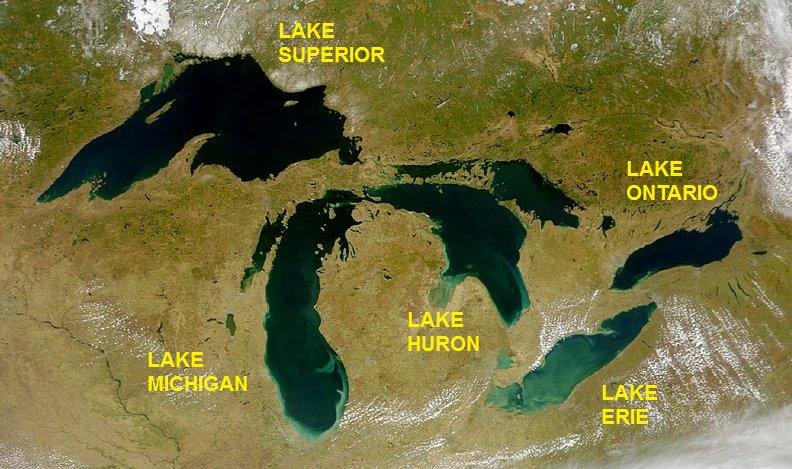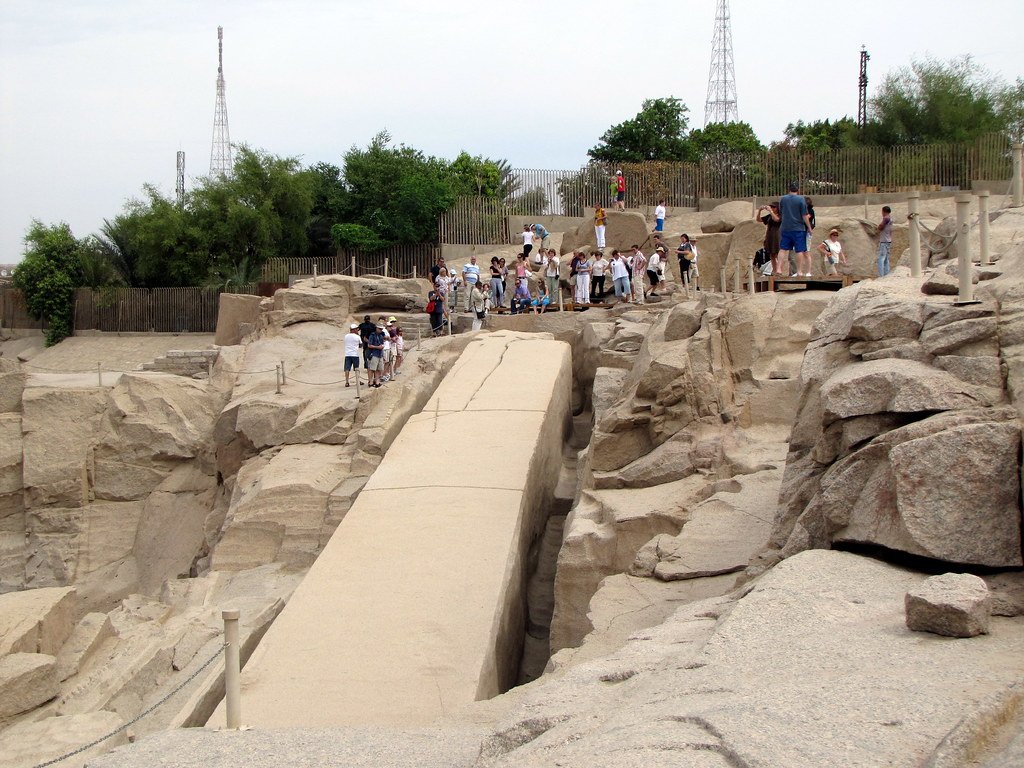You’ve probably stared out across the vast expanse of the Great Lakes and wondered about their mysterious past. These ancient waters hold secrets that stretch back millions of years, and scientists are uncovering evidence that some of the most dramatic chapters in this history may involve visitors from space. The idea that massive meteorites once slammed into this region isn’t just science fiction.
Recent discoveries are painting a picture of cosmic bombardment that shaped not only the lakes themselves but potentially altered the course of climate and life on Earth. From buried structures detected by magnetic surveys to impact markers scattered across multiple states, the evidence is mounting that our beloved Great Lakes region has been ground zero for extraterrestrial encounters on an almost unimaginable scale. So let’s get started exploring these cosmic mysteries.
The Can-Am Structure Lies Hidden Below Lake Huron
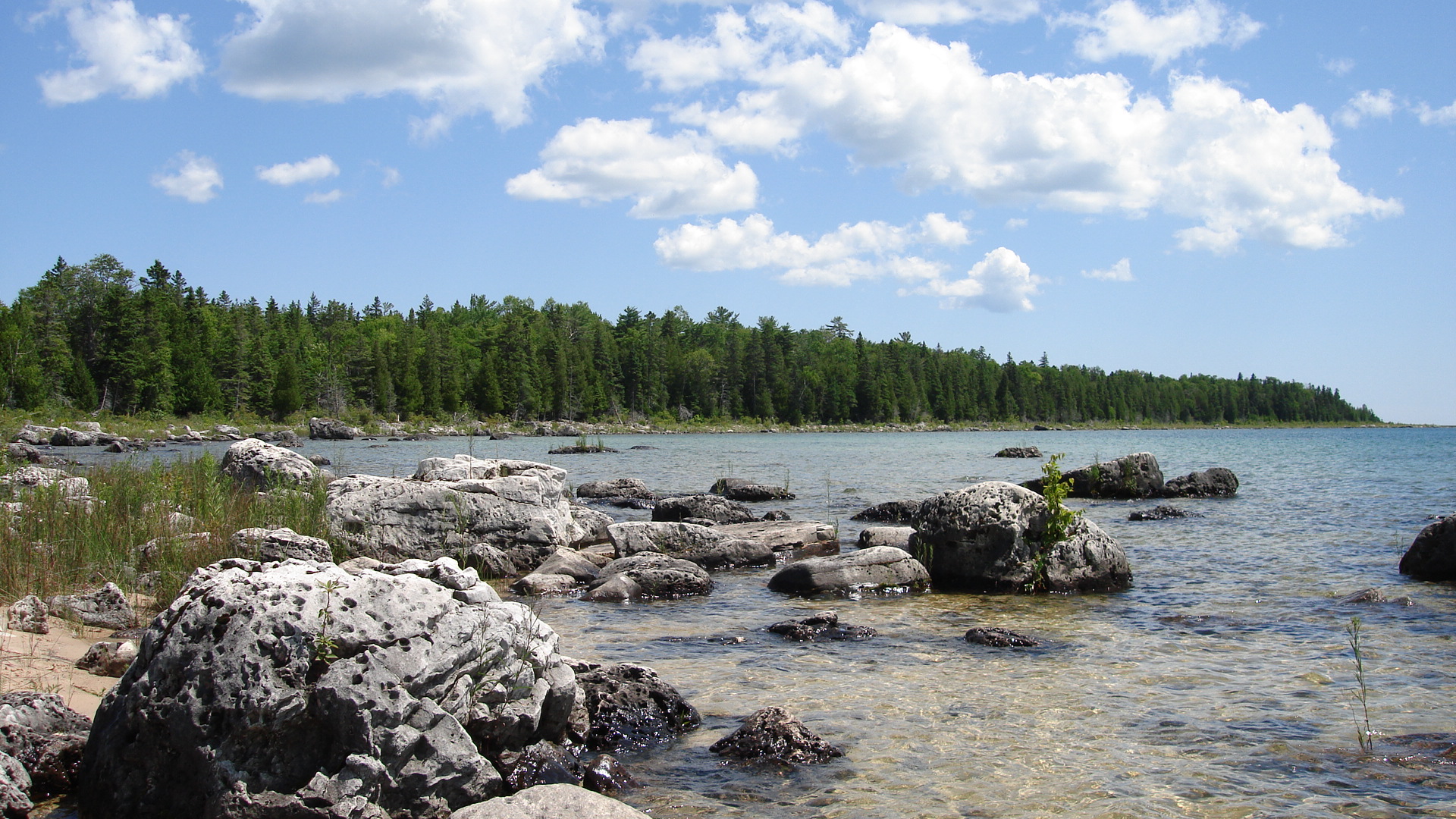
Imagine a circular structure thirty miles wide, buried more than a mile beneath the floor of Lake Huron, completely invisible to the naked eye yet detectable through the subtle magnetic and gravitational signatures it leaves behind. With the help of magnetic sensors, scientists have detected a rimmed circular structure, 30 miles in diameter, more than a mile beneath the floor of Lake Huron. They believe the magnetic ring marks a buried crater – potentially one of the largest known – blasted by a meteorite at least 500 million years ago.
Four researchers with the Geological Survey of Canada unexpectedly discovered the circular pattern while examining new, high-resolution magnetic images of a southern Ontario region previously labeled as “essentially featureless.” They noticed that the patterns of gravitational and magnetic forces emanating from the structure resembled those of verified impact craters. The Ottawa-based researchers, led by David A. Forsyth, temporarily named their discovery the Can-AM structure because it straddles the Canadian-U.S. border.
The Can-Am structure is buried under at least 2 km of Paleozoic sedimentary rock, thus eliminating any evidence of the structure by hydrographic studies. This deep burial explains why such a massive feature remained hidden for so long, detectable only through advanced geophysical methods that can peer through layers of accumulated sediment.
Magnetic Surveys Reveal Ancient Impact Signatures

Clues to the structure started turning up three to four years ago, in the readings brought back by magnetic sensors aboard geophysical survey aircraft flown about 300 feet over the lake and shores. About a year ago, corresponding data turned up in gravity sensors aboard ships. The high-resolution images reveal concentric circles of magnetic and gravity forces resembling those of verified impact craters.
The technology behind these discoveries represents a remarkable leap in our ability to see beneath the Earth’s surface. These magnetic anomaly patterns tell a story of violent disruption in the deep rock layers, creating signatures that persist for hundreds of millions of years. The coincidence between magnetic and gravity signatures strongly suggests a common source for both fields. This data documents that the Precambrian basement rocks are interrupted by anomalies that clearly outline the circular nature of the structure and provides evidence that the remnants of a complex meteorite crater is situated in the south end of Lake Huron.
What makes these findings particularly compelling is how the magnetic patterns mirror those found at confirmed impact sites around the world. The concentric rings and central anomalies create a fingerprint that’s difficult to explain through any geological process other than extraterrestrial impact.
The Younger Dryas Impact Theory Connects to Great Lakes Region
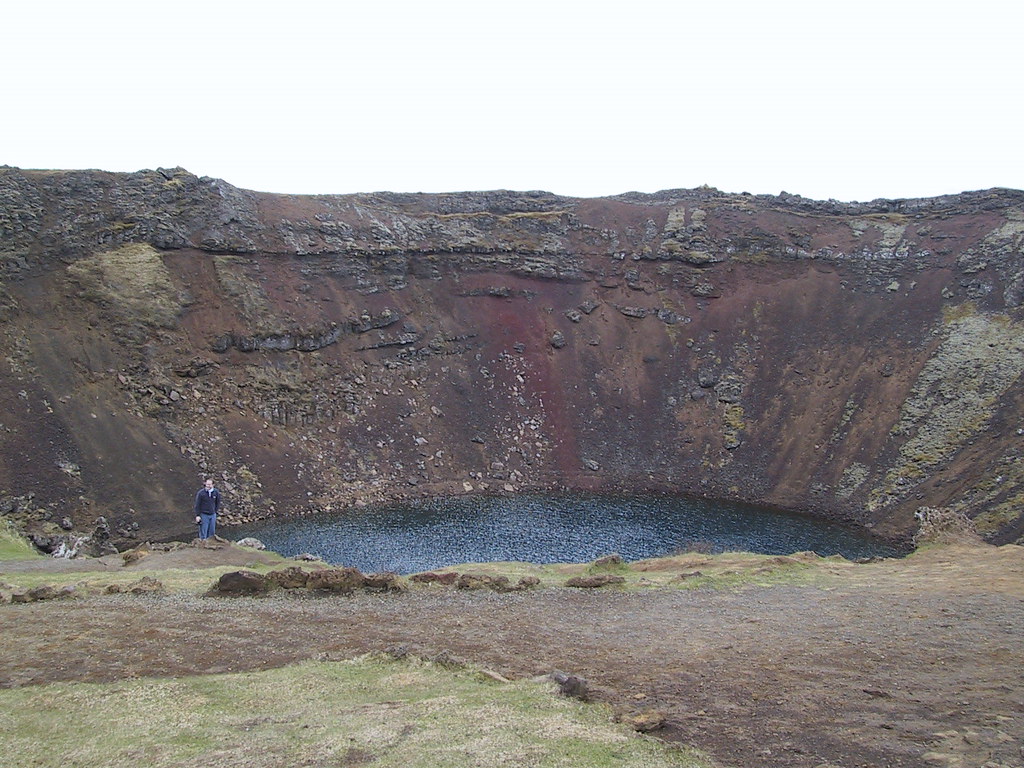
Scientist are proposing a startling new theory: that an extraterrestrial impact, possibly a comet, set off a 1,000-year-long cold spell and wiped out or fragmented a wide variety of animal genera, including Clovis people, across North America almost 12,900 years ago. Two University of Oregon researchers are on a multi-institutional 26-member team proposing a startling new theory: that an extraterrestrial impact, possibly a comet, set off a 1,000-year-long cold spell and wiped out or fragmented the prehistoric Clovis culture and a variety of animal genera across North America almost 12,900 years ago.
While generally accepted theory says glacial melting from the North American interior caused the shift in currents, the new proposal points to a large extraterrestrial object exploding above or even into the Laurentide Ice Sheet north of the Great Lakes. “Highest concentrations of extraterrestrial impact materials occur in the Great Lakes area and spread out from there,” Kennett said. This places the Great Lakes region at the epicenter of what could have been one of the most catastrophic events in recent geological history.
“It would have had major effects on humans. Immediate effects would have been in the North and East, producing shockwaves, heat, flooding, wildfires, and a reduction and fragmentation of the human population.” The theory suggests that this cosmic collision fundamentally altered both the climate and the trajectory of human civilization in North America.
Scientific Debate Surrounds Impact Evidence
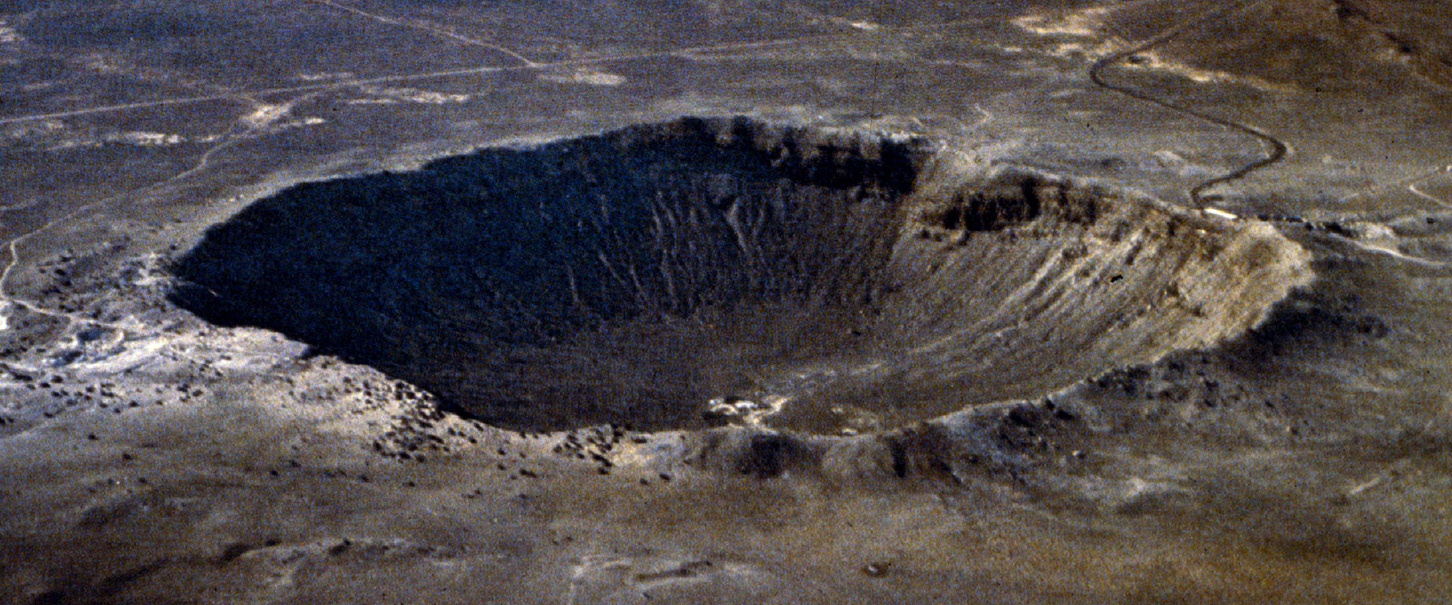
The scientific community remains deeply divided about the Younger Dryas Impact Hypothesis, with compelling arguments on both sides creating one of geology’s most contentious debates. In 2011, a review of the evidence led researchers to state “The YD impact hypothesis provides a cautionary tale for researchers, the scientific community, the press, and the broader public” as “none of the original YD impact signatures have been subsequently corroborated by independent tests. Of the 12 original lines of evidence, seven have so far proven to be non-reproducible. The remaining signatures instead seem to represent either (1) non-catastrophic mechanisms, or (2) terrestrial rather than extraterrestrial or impact-related sources.
However, recent research suggests the dismissal may have been premature. By today, however, many independent studies have reproduced that evidence at dozens of YD sites. This article examines why scientists so readily accepted the early false claims of irreproducibility and what lessons the premature rejection of the YDIH holds for science. The progress of science has sometimes been unjustifiably delayed by the premature rejection of a hypothesis for which substantial evidence existed and which later achieved consensus. Continental drift, meteorite impact cratering, and anthropogenic global warming are examples from the first half of the twentieth century. This article presents evidence that the Younger Dryas Impact Hypothesis (YDIH) is a twenty-first century case.
The controversy highlights how difficult it can be for revolutionary scientific ideas to gain acceptance, especially when they challenge established theories about major climatic and biological events in Earth’s recent past.
Lake Superior’s Slate Islands Tell Impact Stories
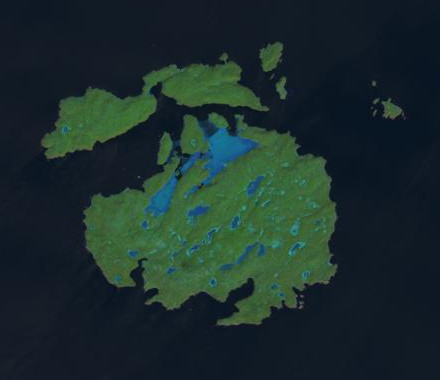
Geologists now agree that 450 million years ago, a roughly mile-wide meteorite slammed into what is now Lake Superior. Just like a stone’s impact on the surface of a lake sends up a tiny plume of water, the meteorite strike created an uplift of rock – the Slate Islands – in the center of an impact crater. The crater itself is estimated to be about 18.6 miles across, though most of its features have been worn away by waves of glaciation and other erosive events.
Geologists travel there for one of the most spectacular assemblages of visible meteorite-impact features on the planet, making the Slate Islands a field trip back in time where visitors can view the results of a single moment from hundreds of millions of years ago. “The Slates are now regarded as the best-preserved, medium-sized impact structure in the world,” says geologist Mark Smyk of the Ontario Geological Survey in Thunder Bay.
Also located in the islands are good examples of shatter cones, rare geological features formed in bedrock by the high velocity shock waves created by meteorite impacts. They have a distinctively conical shape with thin grooves (striae) that radiate from the top (apex) of the cone. One remnant of the impact that has endured is that 30-foot-tall rock formation on Patterson Island, which would be a record-breaking shatter cone – if that’s what it is. Shatter cones usually aren’t more than a couple feet tall.
Multiple Impact Events Shaped the Region

It may be one of several Middle Ordovician meteors that fell roughly simultaneously around 467-470 million years ago, part of a proposed Ordovician meteor event, including the Decorah crater in Iowa, the Ames crater in Oklahoma, and the Rock Elm crater in Wisconsin. This suggests that the Great Lakes region experienced not just one isolated impact but potentially a bombardment of cosmic debris during this ancient period.
Some researchers have recently attributed the Slate Islands impact to what has been termed “the Middle Ordovician breakup event,” which occurred during the Ordovician Period about 470 million years ago. It’s thought an asteroid, some 200 kilometres (120 miles) in diameter was thrown out of its orbit by a collision in the Main Asteroid Belt, producing fragments that fell into Earth-crossing orbits. This would have resulted in a high number of impacts and cratering on Earth over the next several million years.
The idea that multiple large objects could strike the same general region within a relatively short geological timeframe adds another layer of complexity to understanding the Great Lakes’ violent cosmic history. These weren’t random isolated events but potentially part of coordinated celestial catastrophes that reshaped entire continents.
Recent Ocean Sediment Studies Add New Evidence

A recent analysis of ocean sediments has uncovered geochemical hints that the Northern Hemisphere was hit by a disintegrating comet 12,900 years ago. The research suggests this comet may have triggered a rapid cooling of Earth’s air and oceans. Analysis of these samples detected metallic debris whose geochemistry is consistent with comet dust. These samples were found alongside particles of mostly terrestrial origin. The authors suggest the comet exploded just above or upon hitting the ground, melting the materials and particles together.
This oceanic evidence provides a potential smoking gun for the Younger Dryas impact theory, offering physical remnants that could definitively prove an extraterrestrial event occurred. Unlike terrestrial evidence that can be contaminated or disputed, marine sediment cores preserve a relatively pristine record of what fell from the sky during this critical period in Earth’s history.
“We are expanding our research to include other marine cores collected from all the world’s oceans, to test the hypothesis that the Younger Dryas impact was a global phenomenon,” says Moore. “This research is highly relevant to our times because such impact events, whether small or large, pose substantial risks to our modern civilisation.” The implications extend far beyond historical curiosity, potentially helping us prepare for future cosmic threats.
The Search for Definitive Proof Continues
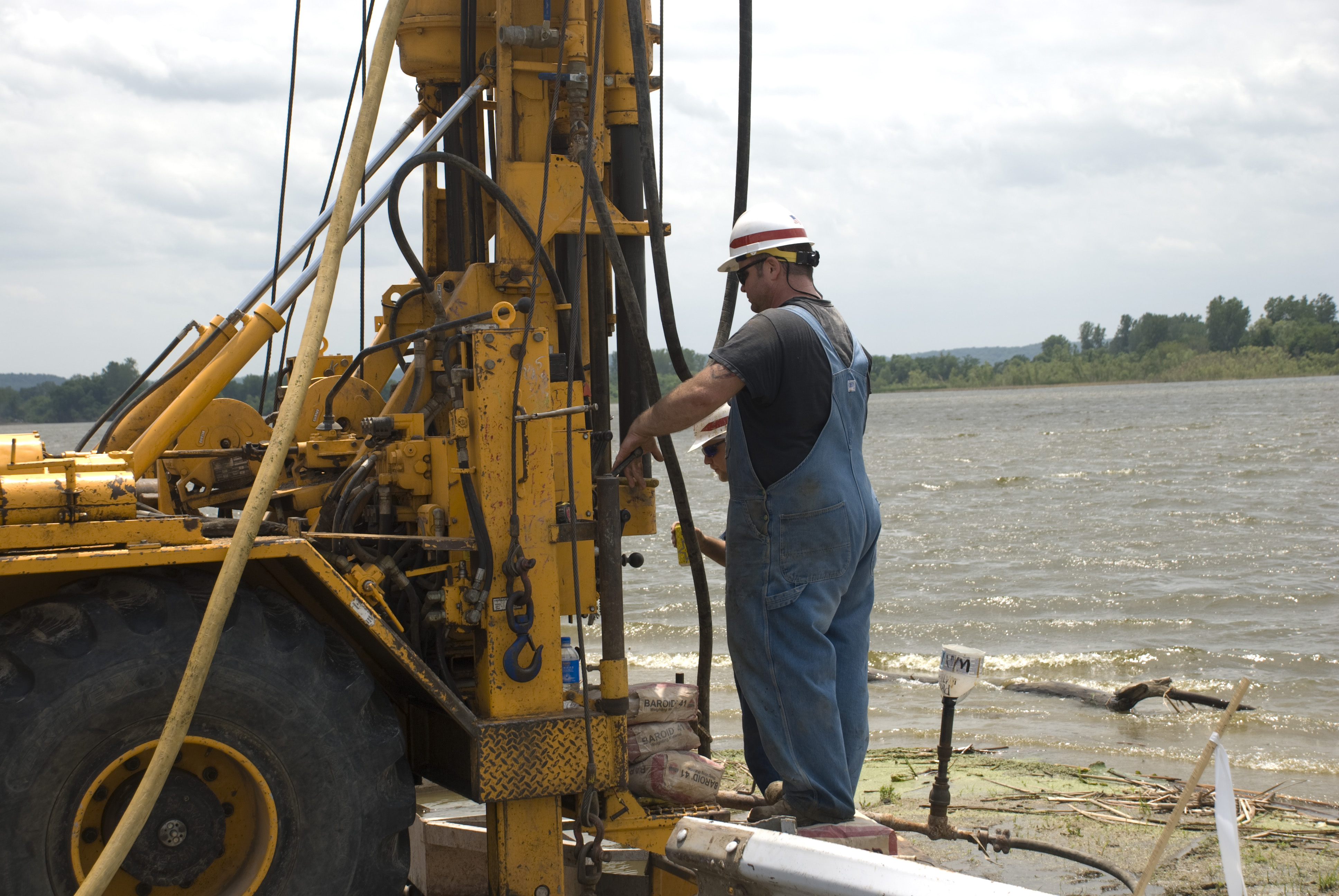
But scientists will have to get a look at the bedrock itself to see if it’s been melted, shattered or otherwise changed under the extremely high heat and pressures such a collision would generate. To do that, they’d have to drill deep into the Cambrian rocks far below the surface and bring up core samples — a project that could be complicated by anti-pollution restrictions on drilling in Lake Huron.
A hole the size of the Can-Am anomaly would have required a projectile about 3 miles in diameter, Melosh estimates. “We would expect 100 craters this size or greater during the last 500 million years,” he says. “We know of about six.” Petroleum engineers might also want a closer look at Can-Am, since impact structures sometimes trap hydrocarbons. The rarity of such large impact structures makes every potential discovery incredibly valuable to science.
The challenge now lies in gathering the definitive evidence that would transform these intriguing magnetic anomalies and sediment traces into confirmed impact sites. Each drilling core, each chemical analysis, and each geological survey brings us closer to understanding whether the Great Lakes truly harbor the remnants of ancient cosmic visitors beneath their seemingly tranquil waters.
Conclusion

The question of whether meteors still lie buried beneath the Great Lakes has evolved from speculation to serious scientific investigation backed by increasingly sophisticated evidence. From the mysterious Can-Am structure hiding beneath Lake Huron to the confirmed impact site at the Slate Islands, the Great Lakes region emerges as a cosmic crossroads where Earth and space have violently intersected multiple times throughout history.
While definitive proof remains elusive for some of these proposed impacts, the mounting evidence suggests that our understanding of this region’s formation is far from complete. The debate surrounding the Younger Dryas Impact Hypothesis reminds us that groundbreaking scientific discoveries often face initial skepticism before achieving acceptance. Whether these ancient cosmic collisions shaped the Great Lakes as we know them today, influenced climate patterns, or even affected the course of human civilization, one thing is certain: the search for answers continues beneath the waves. What do you think about these cosmic mysteries hidden in our own backyard? Tell us in the comments.

